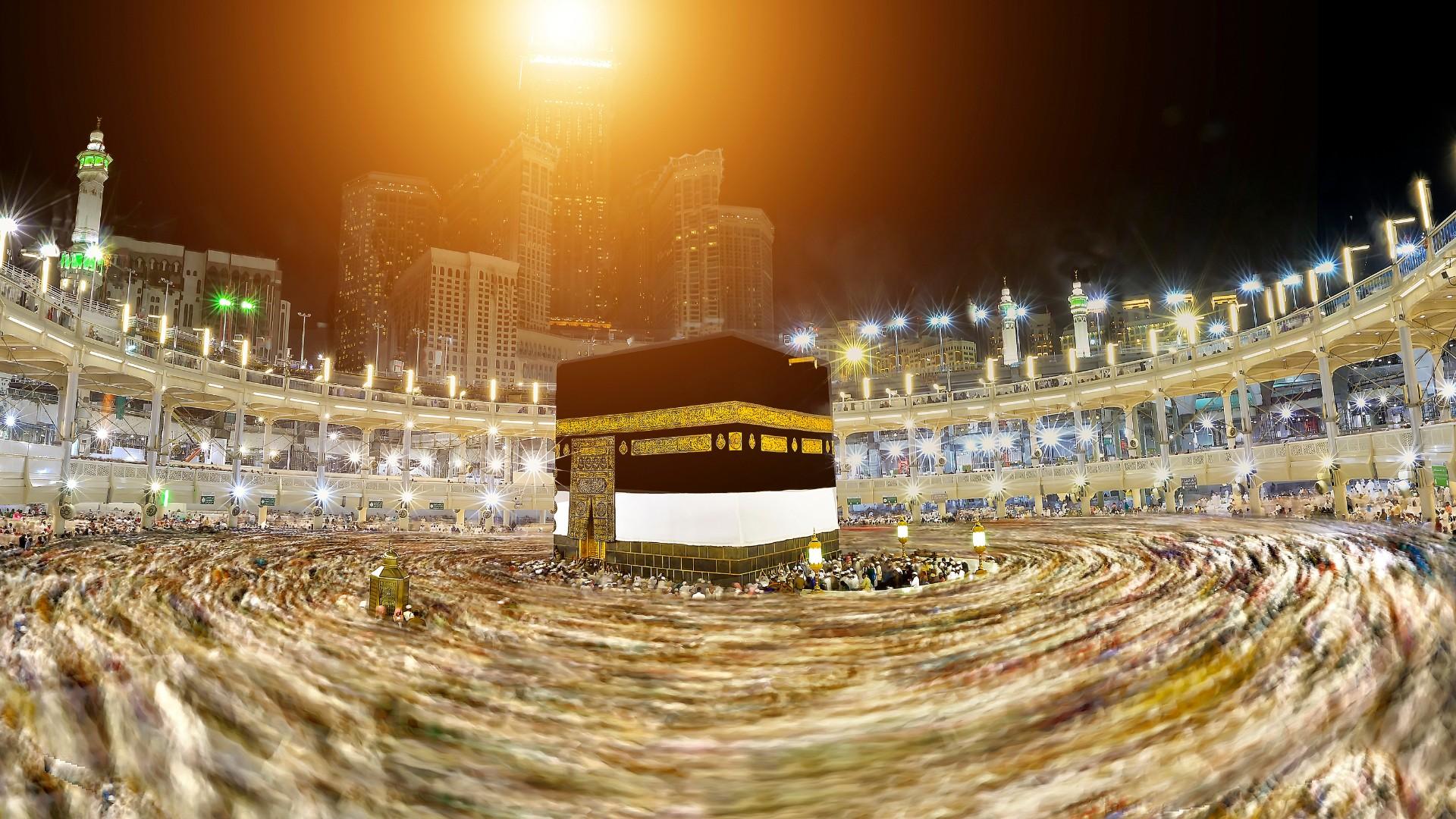لا توجد بيانات للعرض
إقرأ المزيد
The Rise of the Global Credit Economy Contributed by Prof. Dr. Nazeer Ahmed, PhD Civilization moves in epochs. In each epoch, the rules of competition are different. What drives the global civilization today is economic centralization, and the aristocrats of this drive are the bankers. The merchant, the industrialist, the soldier, the teacher and the mullah are all beholden to...

The fall of Jerusalem was the price paid by the Muslims for the continued civil wars brought on by competing Sunni and Shi’a visions of Islamic history. The Crusades, declared in 996, were an intercontinental invasion across a front line extending more than 3,000 miles from Spain to Palestine. At the time, the house of Islam was divided into three households. The Turks championed the...

Performing Umrah is one of the most spiritually enriching experiences for Muslims around the world. For many, it is a dream come true to visit the holy cities of Makkah and Madinah, seeking closeness to Allah and renewal of their faith. However, many Muslims living in the United States face challenges when it comes to the cost of traveling for Umrah. At Salah Travels, we understand the...

Ramadan is the ninth month of the Islamic calendar, during which Muslims observe a month-long fast from dawn to sunset. Fasting during Ramadan is one of the Five Pillars of Islam that provides numerous spiritual, physical and social benefits.Spiritual BenefitsRamadan is a time for spiritual reflection, worship and drawing closer to Allah. By practicing self-control through abstaining from food,...




